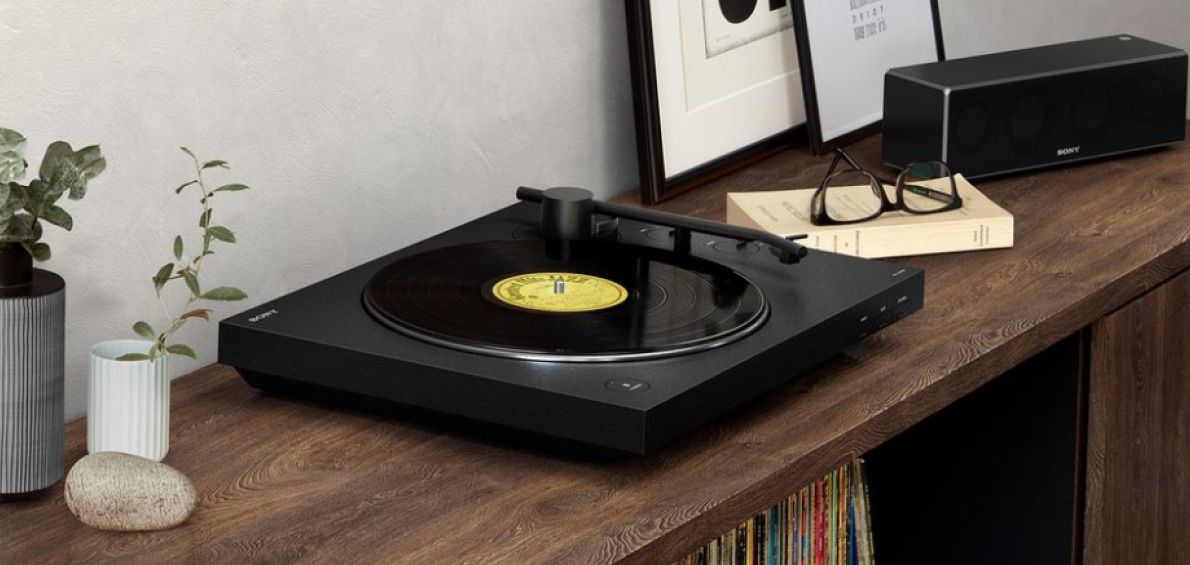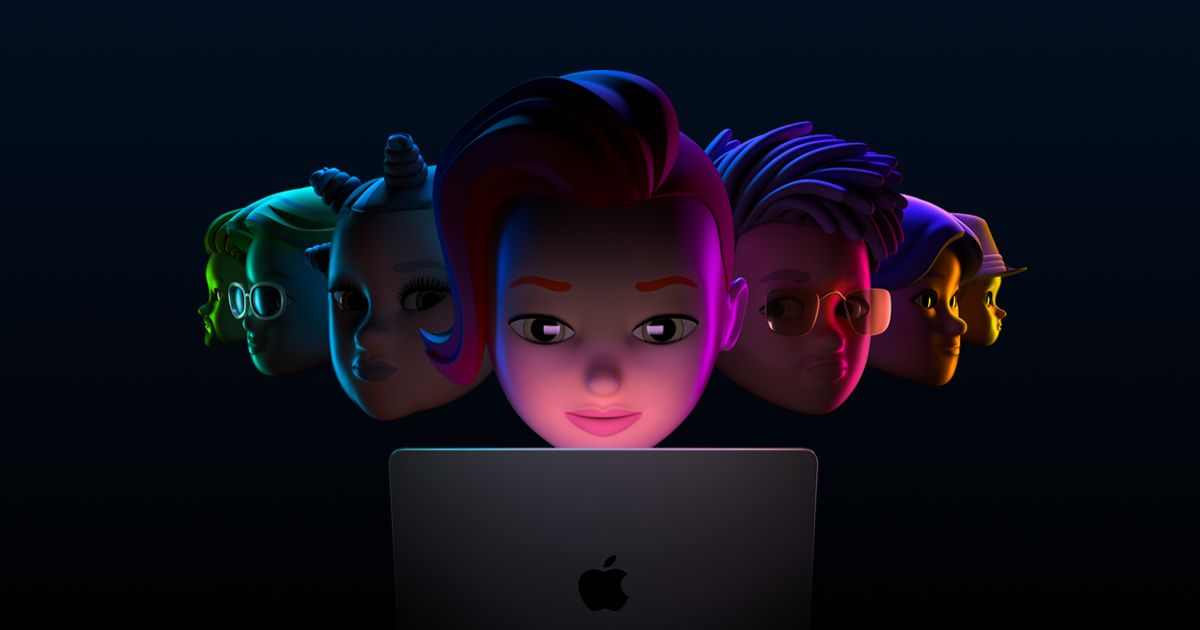The best USB turntables allow vinyl collectors to not only hear their favorite records the way many artists and music producers intended, in analog, but can also digitize and store their favorite LPs onto other devices. This includes computers, smartphones, and MP3 players.
Now, we’re not going to lie to you. A turntable setup is a serious investment, and that doesn’t even include what you’re likely to spend on records (yea, those don’t come cheap either). At the same time, a USB turntable is well worth the cost if you want to catalog and preserve these crate gems and enjoy music in its rawest, most uncompressed form.
But purchasing a USB turntable isn’t as simple as shopping for a CD player or computer speakers. You need to become more familiar with the hardware, which usually requires reading a bunch of technical jargon that makes operating and understanding the machine a bit cumbersome. Don’t sweat it.
The good news is that record players are no more complex than setting up a new sound system. We have taken the liberty of breaking down the vital components required to choose the proper option for you, while offering our top picks for the best USB turntables based on performance, purpose, and, yes, price.
What are the best USB turntables?
Sitting in the No. 1 spot of our best USB turntables list is the Audio-Technica AT-LP120XUSB, thanks to its superb sound, solid range of features, and user-friendly setup. Audio-Technica also implemented a few upgrades, which include a new phone preamp, tonearm, and low-torque motor. It also does a decent job of digitizing your favorite records, depending on the genre.
The Denon DP-450USB is a strong runner-up on our best USB turntables list. It is a chic turntable designed for at-home listening that delivers adequate sound and has an auto sensor to automatically stop the player when reaching the end of a record. In fact, we consider it the best semi-automatic USB turntable for the price.
Coming in third on our best USB turntables list is the Sony PS-LX310BT, a cheaper version of the widely popular Sony PS-HX500 that is just as dynamic and feature-heavy. This turntable comes with ultramodern features, superb sound, and can pair up to 8 Bluetooth devices.
Following up in fourth place is the Audio-Technica AT-LP5x, an upgraded model that adds a few extras into the mix, while maintaining the original’s detailed sound. The convenient, organized setup makes it effortlessly manageable for both audiophiles and newbies.
Scroll down to see our complete ranking of the best USB turntables!
The best USB turntables you can buy today
The Audio-Technica AT-LP120XUSB is considered one of the best USB turntables by many experts, including us. It’s an awesome beginner turntable that is easy to set up and easier to use; you’ll feel comfortable switching between speeds to achieve the right RPM for records. Audio-wise, the machine produces great sound and the integrated amp does add a bit more warmth to the soundstage.
The AT-LP120XUSB is also kitted with numerous features, from the critically loved AT-VM95E cartridge that offers a wider frequency response to its stereo output terminals for connecting to other audio equipment (e.g. amps, speakers). There’s even analog-to-digital conversion for those who want to archive their rare record collection onto a hard drive, though the bass quality takes a hit, which often results in average-sounding conversions. The physical construction is durable, but the plastic finish and detailing does little for the overall design.
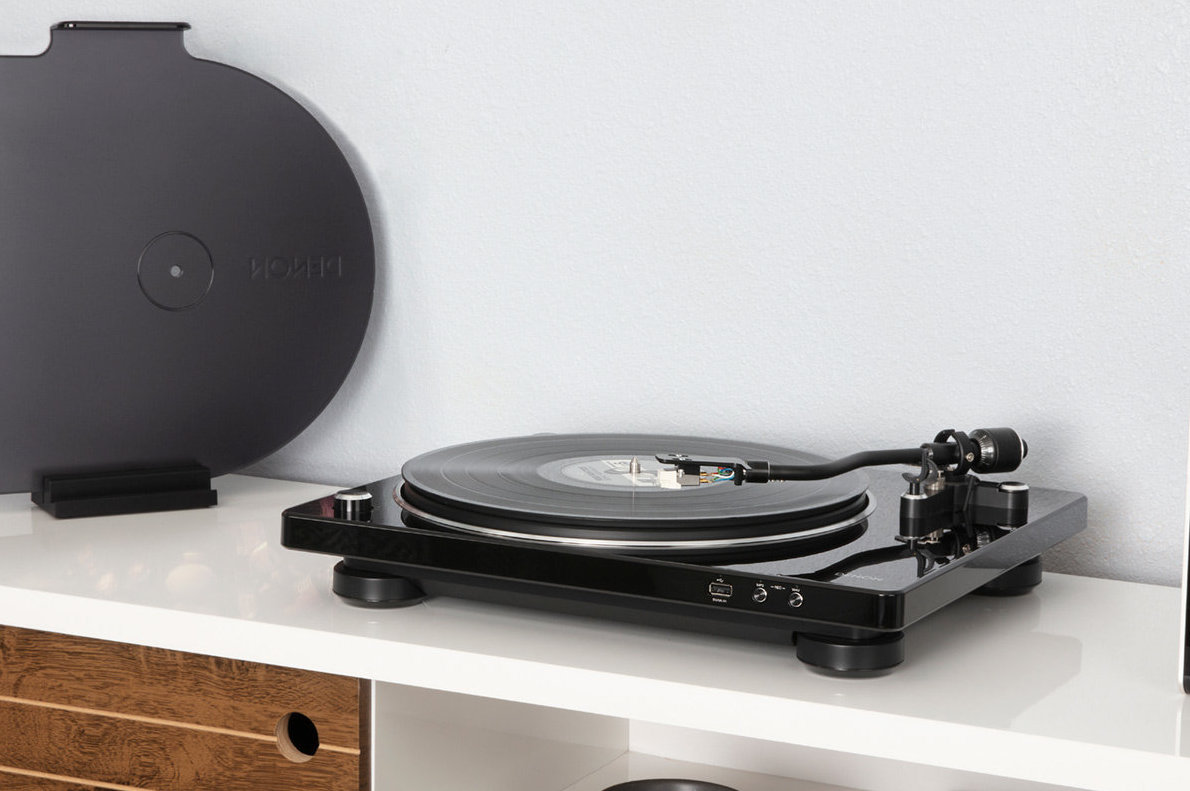
A head-turning design with semi-automatic functionality, the DP-450USB adds a level of practicality to vinyl listening that isn’t available on many turntables. Not only does the tonearm lift up automatically when an album finishes, but the platter will also stop spinning and the turntable will turn off when idle for 20 minutes. Digitizing music is a breeze, plus all recordings are serialized that way you don’t worry about overwriting files. Playback support for three different speeds is also a nice touch not found on most other high-end turntables.
Sonically, you can expect airy, detailed sound, though the lows and highs aren’t well balanced on certain tracks. The hinged, plastic cover does look stylish and was designed to let you close the top and prevent records from accumulating dust when played, but, unfortunately, it works better in theory than it does in reality.
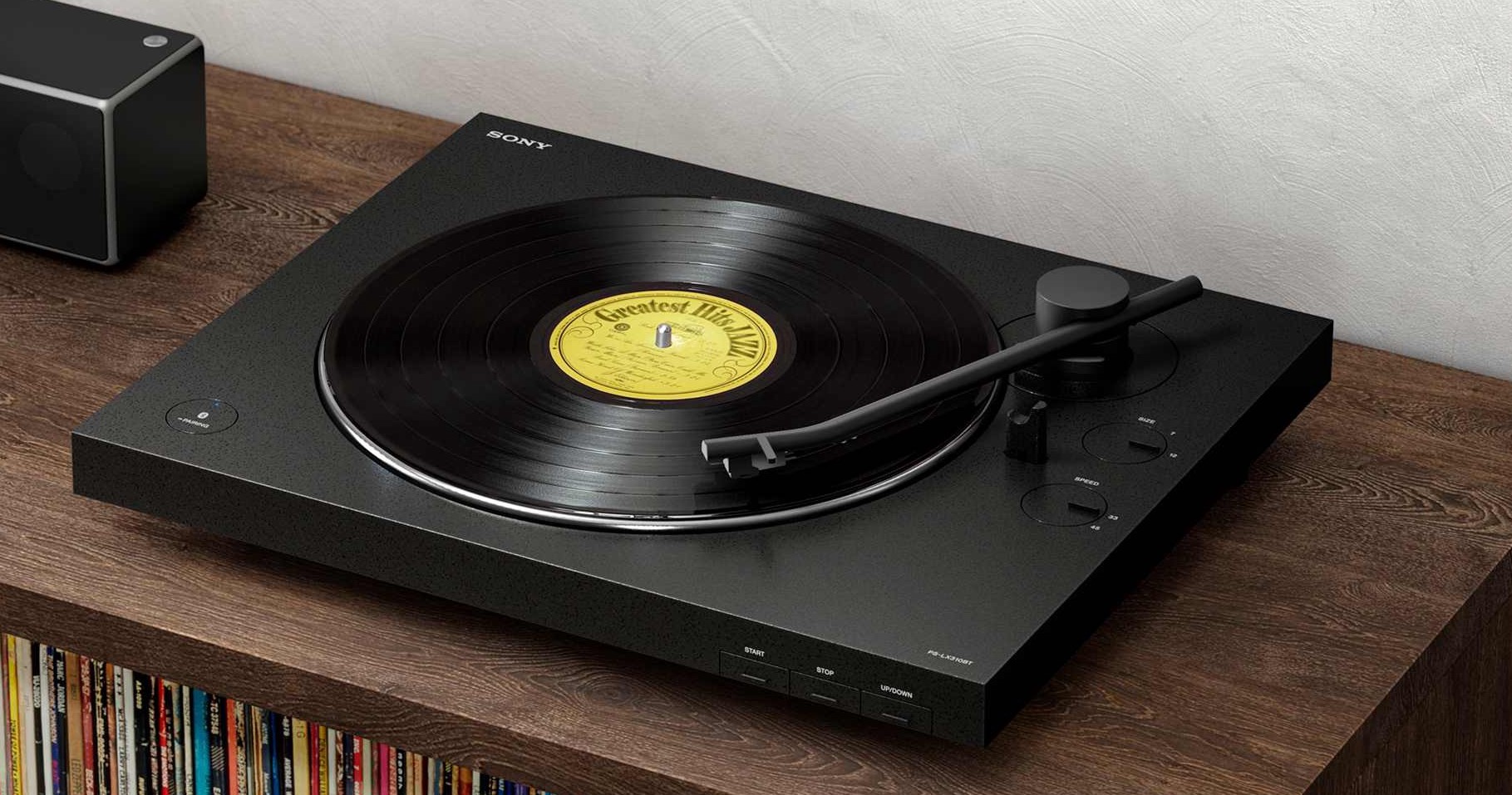
Sony’s turntable options are incredibly scarce, and with the PS-HX500 in such high demand, it’s almost impossible to find an alternative that can offer similar performance at a lower price point. Enter the PS-LX310BT. This low-cost alternative makes our best USB turntables list for its price and impressive features. It has automatic operation for seamless playback, along with an integrated preamp that connects to anything with an AUX audio input and lets you choose between different variable gain selections – Low (-4 dB), Mid (0 dB), and High (+6 dB) – to modify output. Bluetooth streaming is also a huge component and operates well when paired with portable and computer speakers.
If you’re one who fancies high-quality sound, know that the PS-HX500 delivers better highs and lows, though the PS-LX310BT still gives you better sound than most other models in its price class. Also, keep in mind that the cartridge isn’t replaceable.

If you’re a fan of the now discontinued AT-LP5 and want something similar, but slightly more refined, then scoop up the AT-LP5X. Audio-Technica made a few improvements including 78 RPM playback support and an integrated phono stage that’s switchable for both moving magnet and coil cartridges. The entire structure is well-engineered, from the hefty rubber slip mat to the metallic gimbal suspension system. Even small details like the J-shaped arm give this record player a unique appearance. But it’s all about the sound performance, which is nicely controlled and delivers both crisp highs and focused mids. The low end is well represented, though bass heads may want to seek out another turntable if they intend to shake a room.
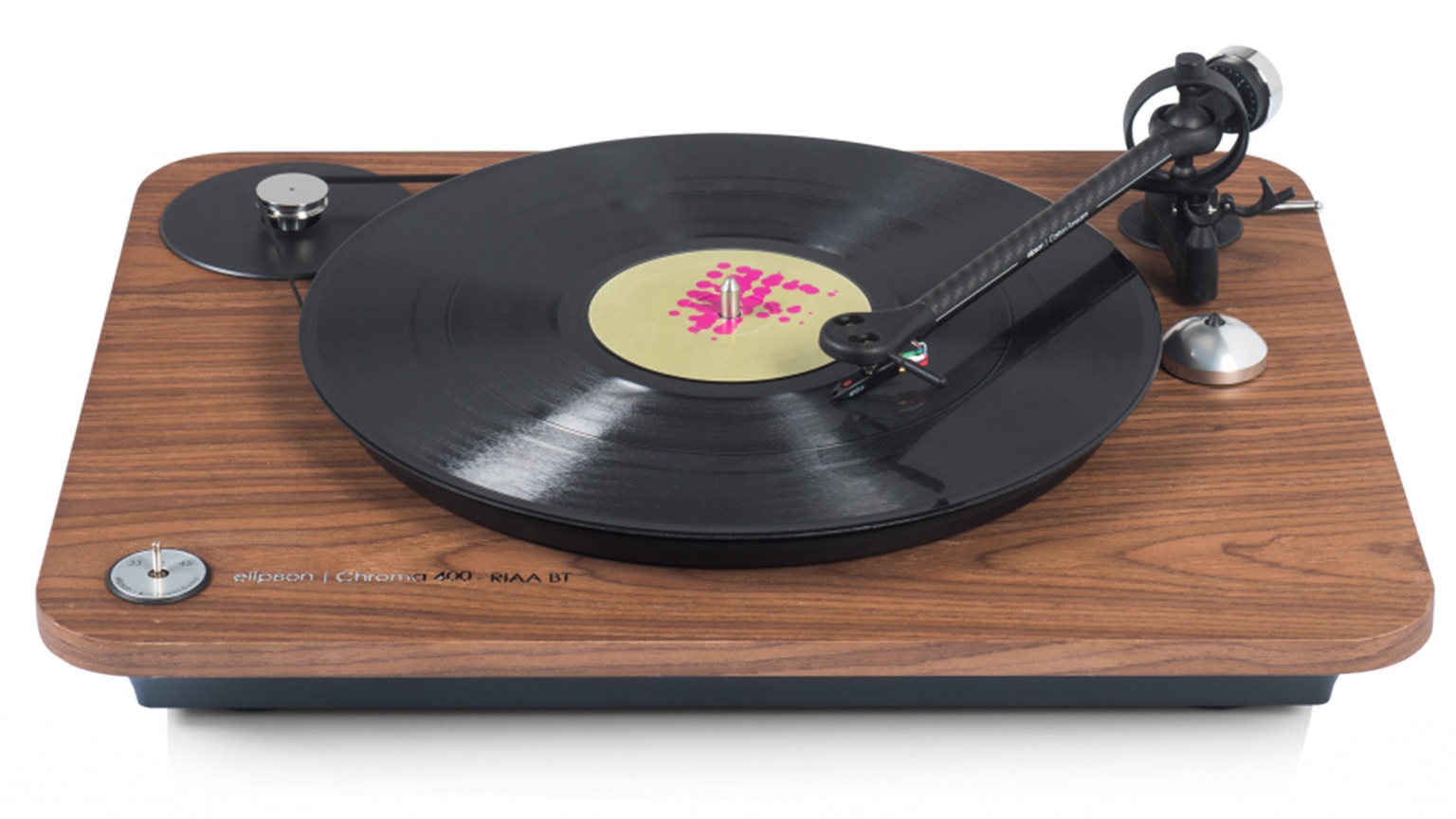
Did you hear that the French audio specialist has re-released its flagship turntable, which you can purchase in a matte finish of either Oak or Walnut? It’s true. Although the updated design is very attractive, that isn’t why the vinyl spinner makes our list of the best USB turntables. Sound is warm and pleasant on the Chroma 400 RIAA BT, which has a spacious soundstage that gives vocals and instruments plenty of room to shine. Bluetooth transmission is impressive, not sounding heavily compressed, thanks to aptX codec support. The setup and controls are also easy to operate, making this one of the more user-friendly options available.
We were originally happy about Elipson adding a new armlift to this model, but it has a tendency of dropping quickly and damaging vinyl, so you must be very careful when placing on intended grooves of records.
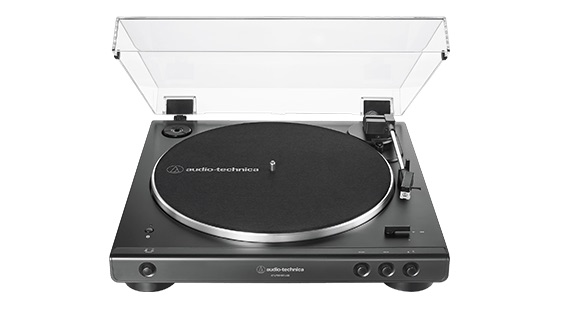
Expanding on its popular AT-LP60X lineup, Audio-Technica released a new feature-packed automatic turntable to play records via Bluetooth, letting you stream music to your wireless headphones or speakers. It also supports Qualcomm’s aptX codec to get the best wireless audio quality possible. The AT-LP60X-USB doesn’t require any setup or adjustment either. Having a switchable phono preamp means you can connect it to other sound systems and powered speakers. Additional upgrades include a diecast, anti-resonance aluminum platter and external power supply to assist with noise reduction. To see Audio-Technica offer up this beauty for under $200 is pretty sweet as well.
With so much technology at its disposal, something was bound to take a hit. In the AT-LP60X-USB’s case, it is the digital conversions, which lack clarity and detail on some, but not all ripped files.
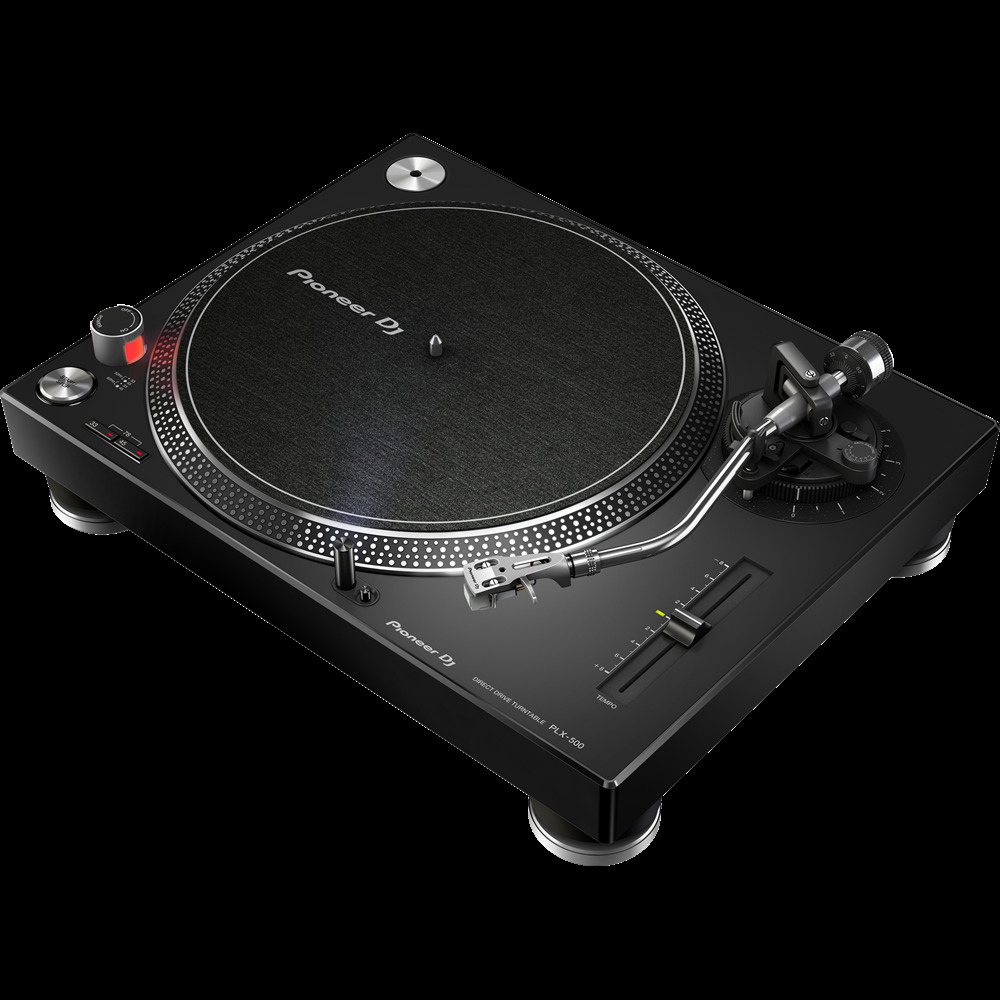
While the PLX-1000 remains an oldie but goodie for aspiring DJs, the PLX-5000 is a modernized, home-oriented version that offers high performance for those looking to replace their banged-up Technics turntable. The machine hosts some notable features, many of which are laid out conveniently on the deck. Leading the way is the pitch fader to adjust speeds from +8% to – 8%. DJs will find this clutch for beatmatching and mixing. The USB output means you can easily digitize records using Pioneer’s DJ Rekordbox software. It’s also one of the few turntables to offer 78 RPM speed; pressing 33 and 45 together achieves this.
Those looking to transport this bad boy from their living room to their backyard might need some extra help doing so since the turntable is one hefty sucker. You’ll also need to be careful with the volume levels, as blasting music at max volume causes unpleasant bass feedback.
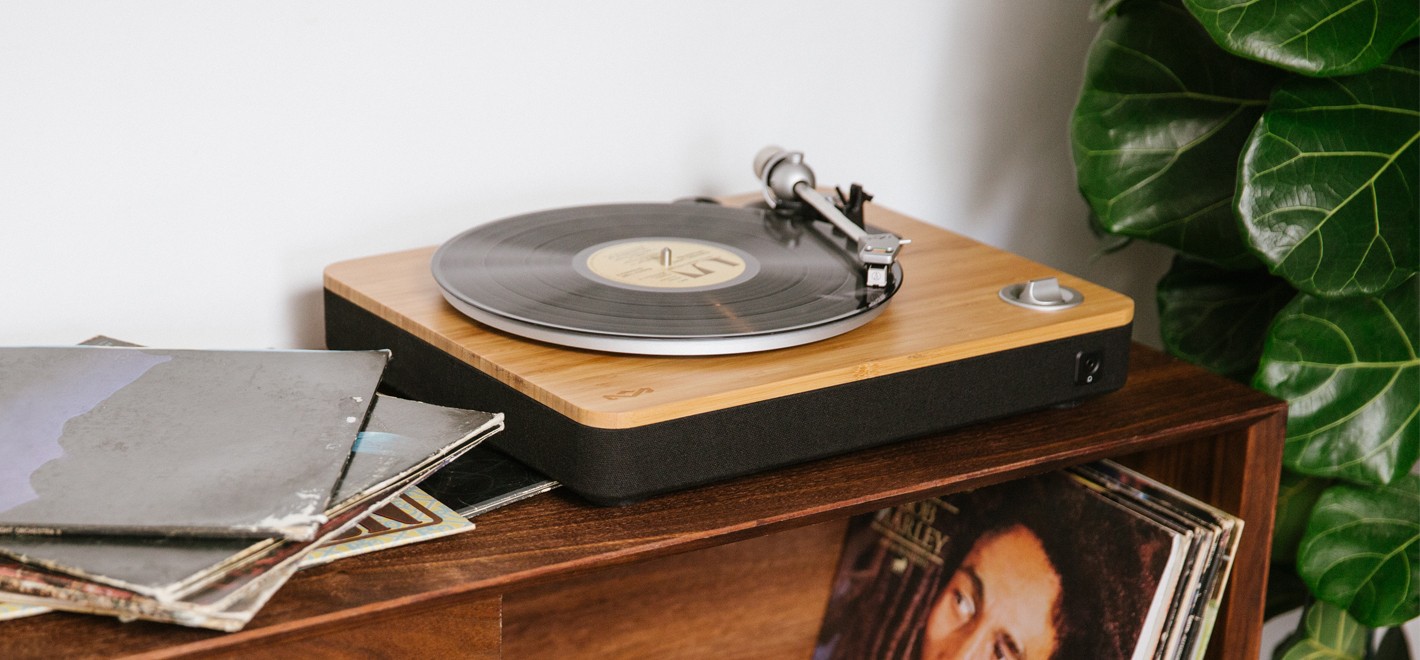
Want to save some cash on a turntable and do your part to better the environment? That’s where House of Marley’s unique record player comes into play. Beautifully constructed from “mindfully sourced materials” (e.g. bamboo, FSC-certified wood, recycled aluminum), and reasonably priced, the Stir It Up is one of the finer entry-level turntables available, courtesy of its sustainable design and acceptable sound quality. Music won’t blow you away, but bass-heavy tracks are handled well and keep the needle from jumping. The inclusion of a pre-amp and multiple ports allows for customizable sound too.
It’s cool that the belt drive supports automatic pitch control and an auto start feature, but devoted audiophiles may feel turned off by the fact they can’t manually adjust the pitch control. The lack of Bluetooth might also turn off modern vinyl collectors.
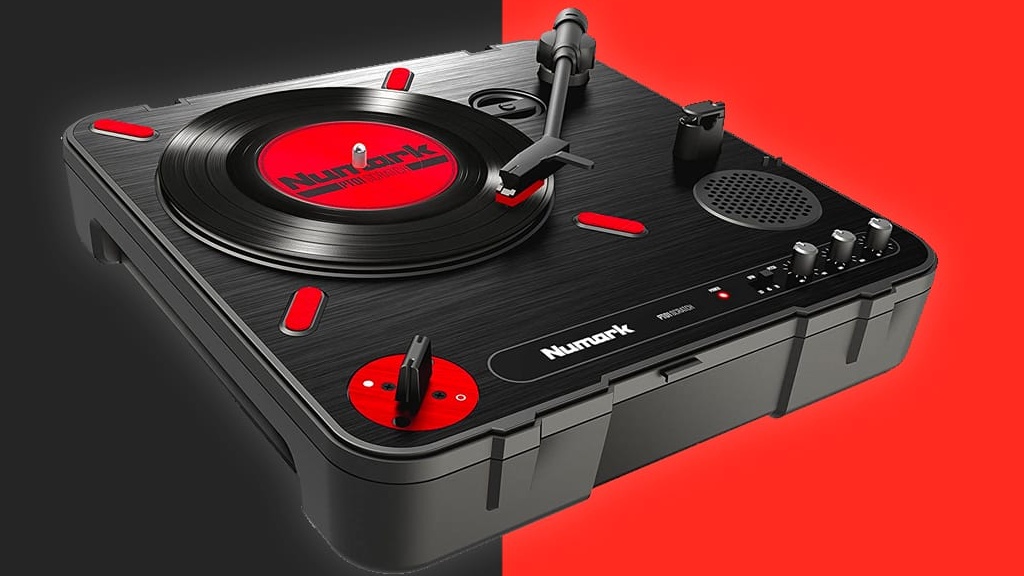
Portable turntables might seem like a recent innovation, but they’ve been around for a few years. The Numark PT01 Scratch is a multi-talented vinyl spinner with a unique look, lightweight construction, and great audio performance. It’s something you can pack on the go for scratch meets or small gatherings. The number of third-party accessories and mods available for it is impressive, including platter bars, top plates, and faders. These will allow you to customizable the machine for enhanced performance. The USB rips are also decent when digitizing mixes.
While it’s cool that the PT01 Scratch runs on either batteries or AC power, the lack of integrated power might bother DJ nomads who benefit more from rechargeability. You’ll also want to be careful when using the delicate tonearm.

If you’re the type who refuses to dump their old-school stereo with radio, cassette, and vinyl player, this 3-in-1 contraption might convince you otherwise. On top of integrating three different media players into a compact design, you get built-in speakers that pump out acceptable audio for the price. Adding to its digitized presence are an SSD card slot and USB port, making it easier to digitize and store recordings or whatever is playing on the radio. You can even connect the model to a pair of speakers or home entertainment system via aux input.
Unfortunately, the tape player is terrible and damages the magnetic tape in a cassette every time it’s removed from the deck. Also, be careful when placing the cartridge down on records because it slams right onto the surface.
How to choose the best turntables for you
Several factors need to be taken into account when shopping for the best USB turntables. Things can get pretty technical, which might cause some confusion, so we’ll make this as painlessly educational as we can.
As the sub-category name implies, you need to make sure the turntable features a USB output. This allows you to connect the machine to a computer and digitize analog records.
Second is selecting the proper drive: belt or direct. Both offer their own set of pros and cons. Direct drives are favored by professionals due to their more accurate speeds and durability, meaning you can expect the belt to last longer. At the same time, their motors tend to produce unwanted noise during playback. Belt drives are preferred by audiophiles because of their consistent speed and great isolation to minimize motor noise for detailed sound. The main issue with them is that their belts stretch, which can affect the speed of records and sound quality in the long run.
Next is the setup process. The extra cables and components that come packaged with a turntable can be intimidating for newbies, though, luckily, most modern vinyl players have decks with plug-and-play setups that are easy to understand. Pick a turntable that is simple to assemble and comes with foolproof instructions.
Speaking of components, your turntables need to support a variety of them to operate at max performance. Start with the cartridge and stylus (aka the needle), which are generally pieced together and come in different shapes. You want something that is well balanced and applies a reasonable amount of pressure on records to not only prevent dragging on the vinyl surface, but also preserve the needle. Look at the tonearm next, the moveable part that keeps the cartridge in a steady position as the records spin. It should be well-constructed (made from aluminum or carbon fiber) and have an adjustable counterweight to independently adjust the tracking force of your needle. Follow up with the platter, which spins the records and should be heavy; the heavier, the better, as it creates less vibration.
Audiophiles who want to get more sound out of their vinyl player may want to seek out a model that can be paired with other audio equipment. This requires having a turntable with a built-in phone preamp or buying one separately. There are also turntables with Bluetooth support, allowing you to connect wirelessly to compatible speakers and home audio systems.
How we test the best turntables
When researching and testing the best USB turntables, Laptop Magazine evaluates several factors: assembly, design, sound, setup, and value just to name a few. Our reviewers also compare these models to similar products in the category in terms of compatibility with other audio products, special features, and pricing.
Turntables are tested over the course of a week for 2 hours at a time. During this period, we assess for audio performance and ease of use. Reviewers listen to sample tracks across popular music genres, including hip-hop, rock, jazz, R&B, and classical just to name a few. At the same time, they analyze clarity, depth, isolation, and volume. Live recorded albums such as comedy and concert specials are also taken into consideration.
Once our testing is completed, every model is rated based on our five-point system (1 = worst, 5 = best). Any product that is truly exemplary is awarded an Editor’s Choice.

